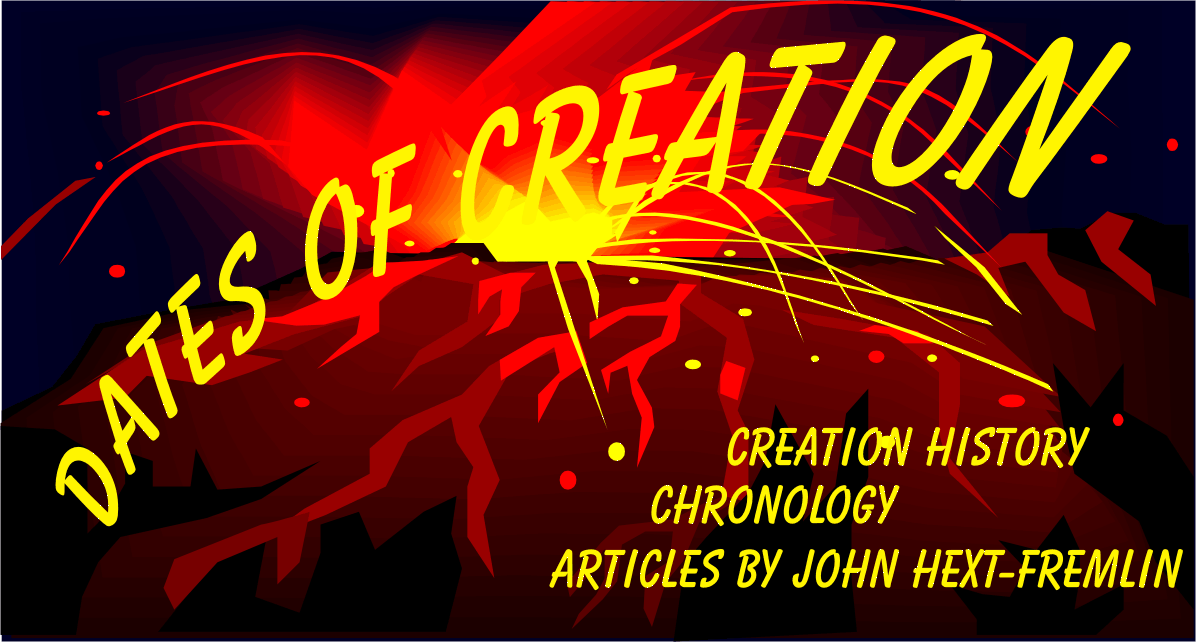
THE LAST BRITISH NEANDERTHALS?
| Home |
Just recently I came across a paper called the "Genesis
The contents in this article is as follows The first migration into Britain and Europe by the indoeuropeans in anomundi 2520 or 1484 BC was contemporary with Partholan's arrival in Ireland and the fomorians (giants ) at the same time. It will be noted here that this author is not an Angloisraelist). The Formorians were in all probability the last neanderthals whom Gunnar Heinsohn dates to 1500 (1484 BC) and this period called the stone age and chalcolithic industries lasted the author insists at a minimum of 380 years. I suggest that it is possible that the first stages of stone henge could have been built around 1484 BC and most definitely at the time of Brutus who landed in totnes in 2900 annomundi or 1104 BC with Nemed with the Bronze Industry in Ireland in 2859 annomundi and 1145 BC with the start of the bronze age there in Ireland I therefore propose that Brutus started the bronze age revolution in these islands where a second construction of stone henge was built. Iron A was introduced by the halstatt celts into these islands in am 3500 and 504 BC with the milisians reaching Ireland at the same time and introduced iron for making swords around this time. I also propose that the Latene celts arrived in these islands in 220 BC with the arrival in Scotland of the Picts in 100 BC and annomundi 3904. The Latene celts introduced iron b into these islands and it should also be noted that stone henge had another construction at the time of King Arthur in the 6th century AD. JohnHXF author
|
| Industry and Chronology Table of Britain and Ireland. | |
| The Flood | |
| Was There A Gap? | |
| Catastrophism and Cave Men | |
| Cave Men in Historic Times | |
| Miscellaneous |
The reason I don't think that they're recent is because the artwork is so
tiny on them. In my research I have found good evidence for better eyesight
in immediate post-flood people, so I would say either pre-flood or immediate
post-flood setting. Every occipital bun of every Neanderthal man, woman or
child contained a large occipital lobe which is the center for vision, the
visual
cortex. Their's were much larger than ours. Better night vision too,
probably.